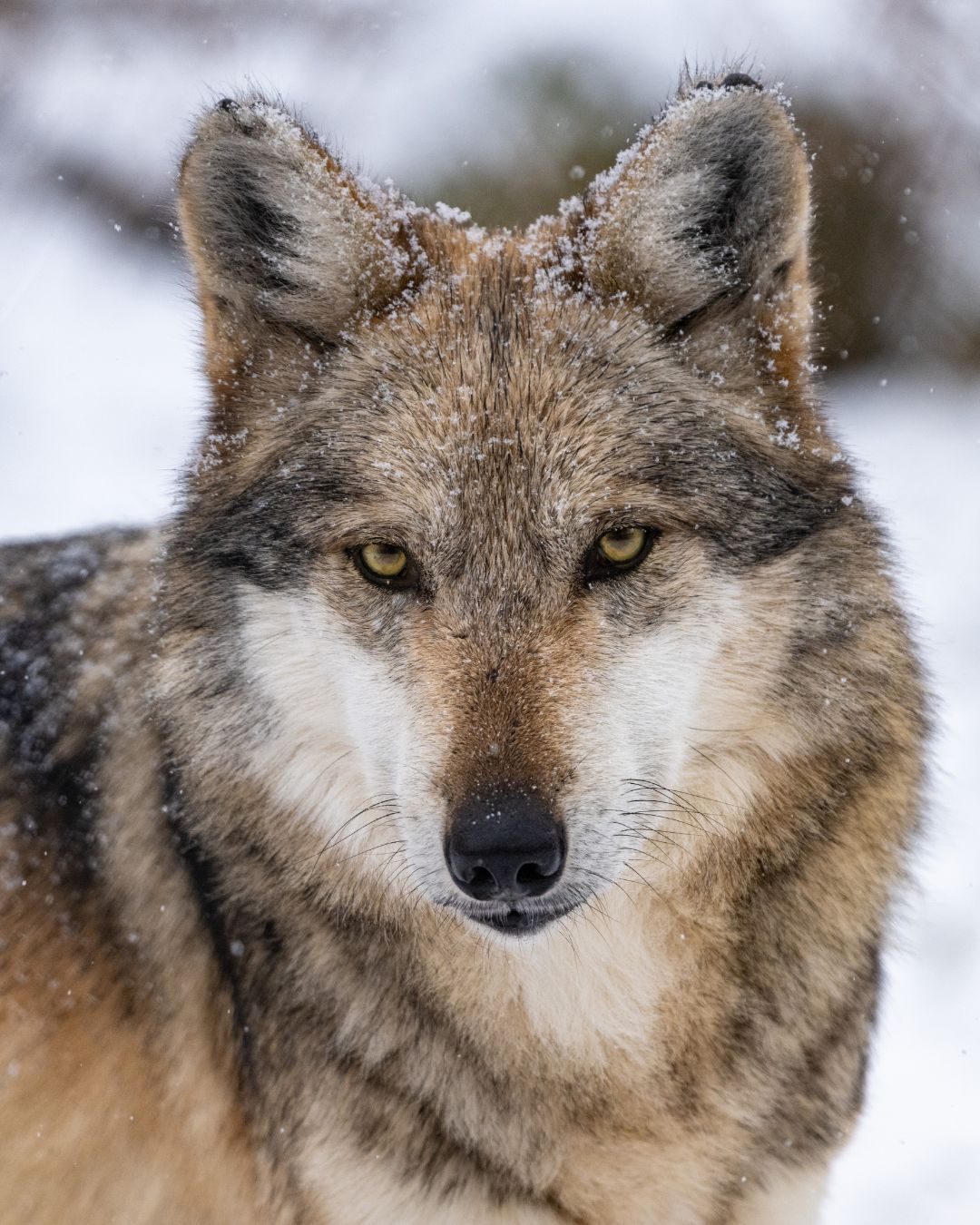- The importance of wolf conservation and the role of the Endangered Wolf Center.
- Insights into wolf biology and behavior that enhance conservation efforts.
- Challenges and strategies in managing a conservation center.
- Educational and community initiatives by the Endangered Wolf Center.
- Future directions for wolf conservation and the Center’s goals for the new year.
The arrival of the new year provides an opportune moment to reflect on the endeavors of the Endangered Wolf Center, a beacon of hope for wolf conservation. The Center’s efforts are a testament to the importance of preserving these majestic creatures and their critical role in maintaining ecological balance. Here we delve into various aspects of the Endangered Wolf Center’s work and the imperative of wolf conservation.
The importance of wolf conservation cannot be overstated. Wolves, as apex predators, play a pivotal role in ecosystems by regulating the populations of prey species, which in turn influences the health of forests and grasslands. Their presence helps keep the ecosystem in balance, supporting the diversity of other species. Despite their ecological importance, wolves face significant threats from habitat destruction, poaching, and human-wildlife conflict. This is where the Endangered Wolf Center steps in, providing sanctuary for these animals while working tirelessly to reintroduce them into the wild and educate the public on their importance.
The biology and behavior of wolves offer fascinating insights that aid in their conservation. Wolves are highly social animals, living and hunting in packs that exhibit intricate social structures. Each pack is led by an alpha pair, which usually consists of the most dominant male and female. Understanding these social dynamics is crucial for conservation, as disruptions to a pack’s structure can have profound effects on its survival and reproduction rates. Wolves communicate through a series of vocalizations and body language, skills they hone from a young age. By studying these behaviors, conservationists can better predict pack movements and optimize their strategies for reintroduction and habitat protection.
Managing a conservation center like the Endangered Wolf Center involves unique challenges and strategies. It requires a careful balance of caring for wolves in captivity while preparing them for a return to their natural habitats. This demands a scientifically informed approach to husbandry, providing environments that simulate natural living conditions to the greatest extent possible. Nutrition, veterinary care, and enrichment activities are all integral components of the wolves’ care plans. Staff and volunteers work around the clock to foster conditions that encourage natural behaviors, thus increasing the likelihood of success when the wolves are eventually released.
Education and community outreach are cornerstones of the Endangered Wolf Center’s mission. By fostering a greater understanding of wolves and their role in ecosystems, the Center seeks to reduce the myths and fears surrounding these animals. Educational programs, workshops, and partnership initiatives with schools and local communities are designed to engage people of all ages. These efforts are crucial in driving home the message of coexistence and conservation, empowering individuals to advocate for wolves and other wildlife species.
Looking ahead, the Endangered Wolf Center has ambitious goals for the new year. Among these is the expansion of reintroduction projects, particularly for critically endangered species such as the Mexican gray wolf and the red wolf. The Center is also committed to advancing research into wolf genetics and disease management, ensuring that released wolves are healthy and genetically viable. Furthermore, enhancing collaboration with governmental and non-governmental organizations can amplify conservation impact, contributing to larger conservation landscapes that secure safe havens for wolves across their historic range.
Thus, as the Endangered Wolf Center team wishes everyone a Happy New Year, they renew their commitment to wolf conservation. Their work underscores the broader narrative of conservation efforts worldwide, reminding us of the intricate ties between species and ecosystems. Through dedicated efforts, we can look forward to a future where wolves roam freely once more, symbolizing the triumph of conservation and the enduring connection between humanity and nature.
*****
Source Description
Happy New Year from the Endangered Wolf Center team!


